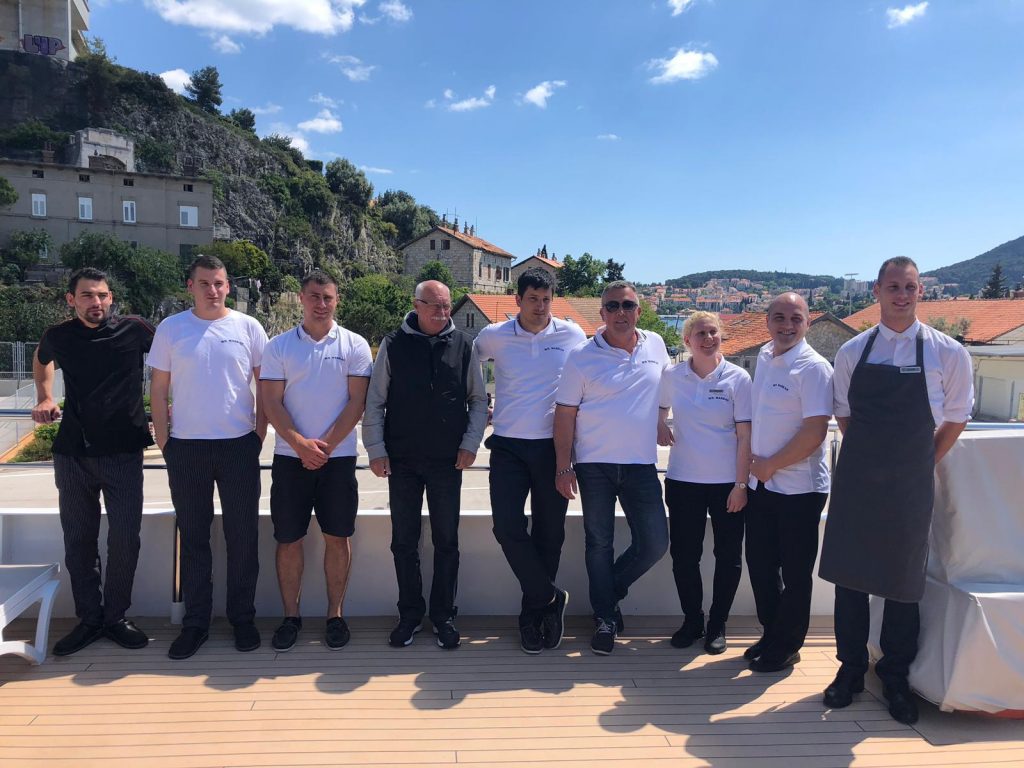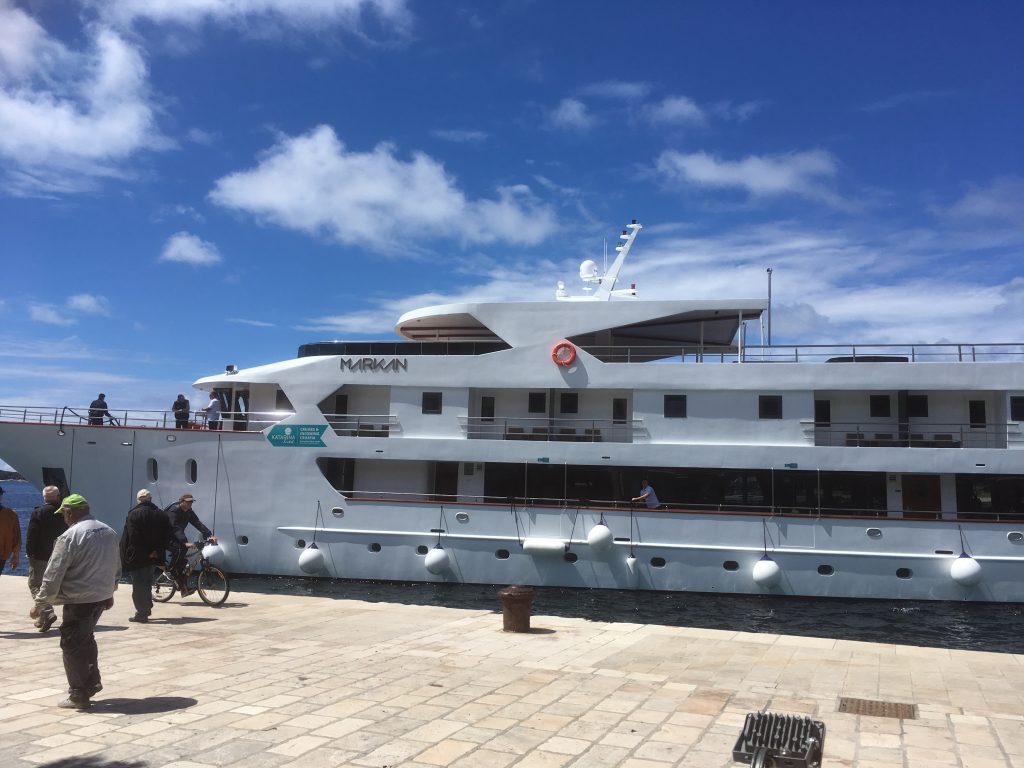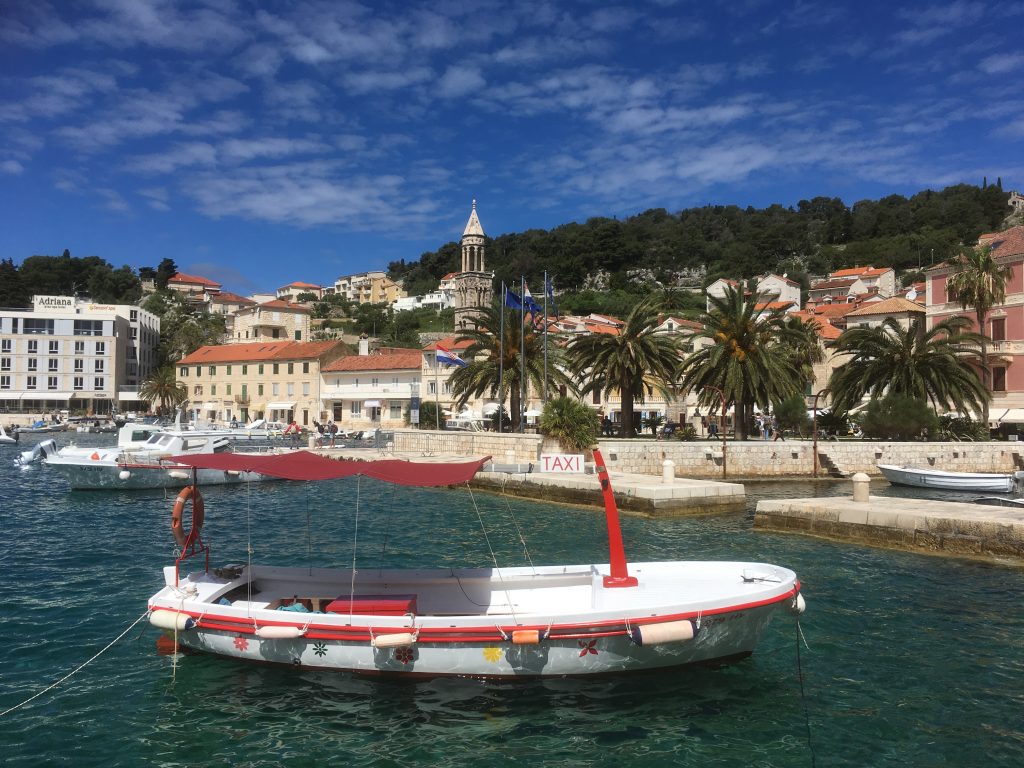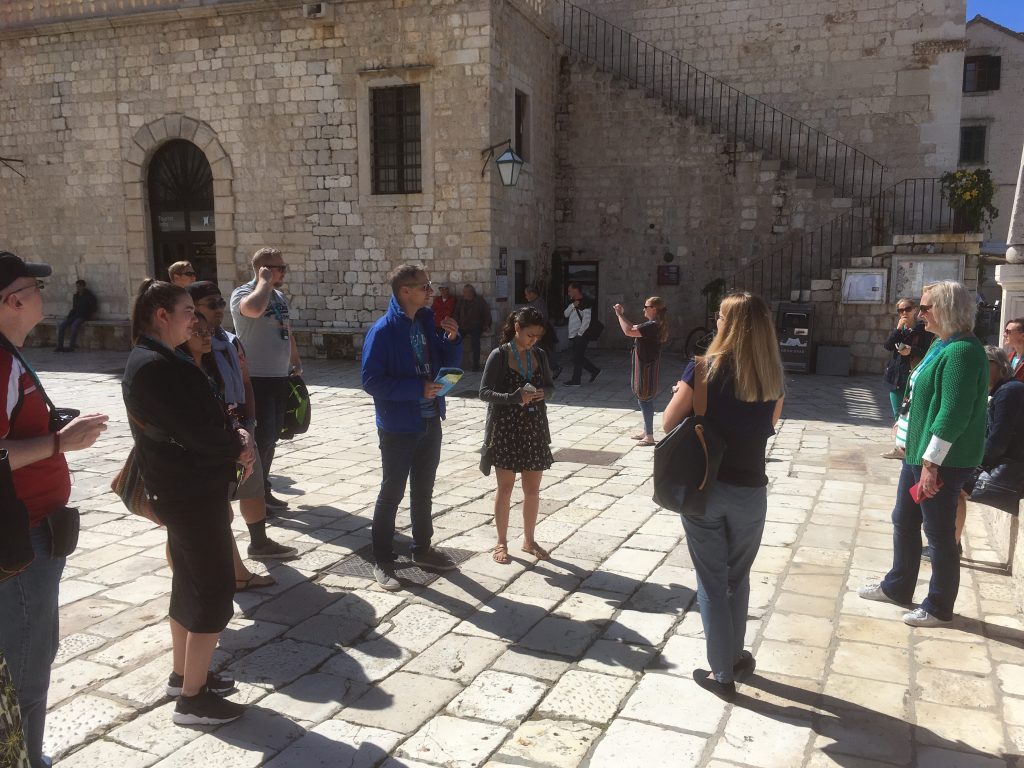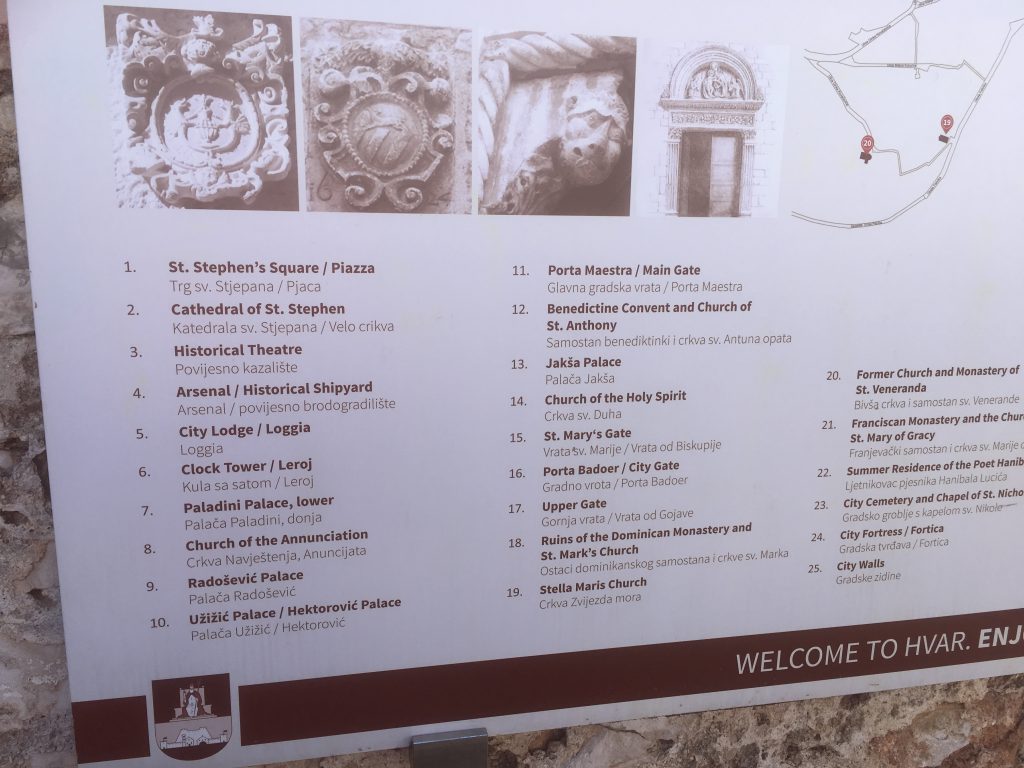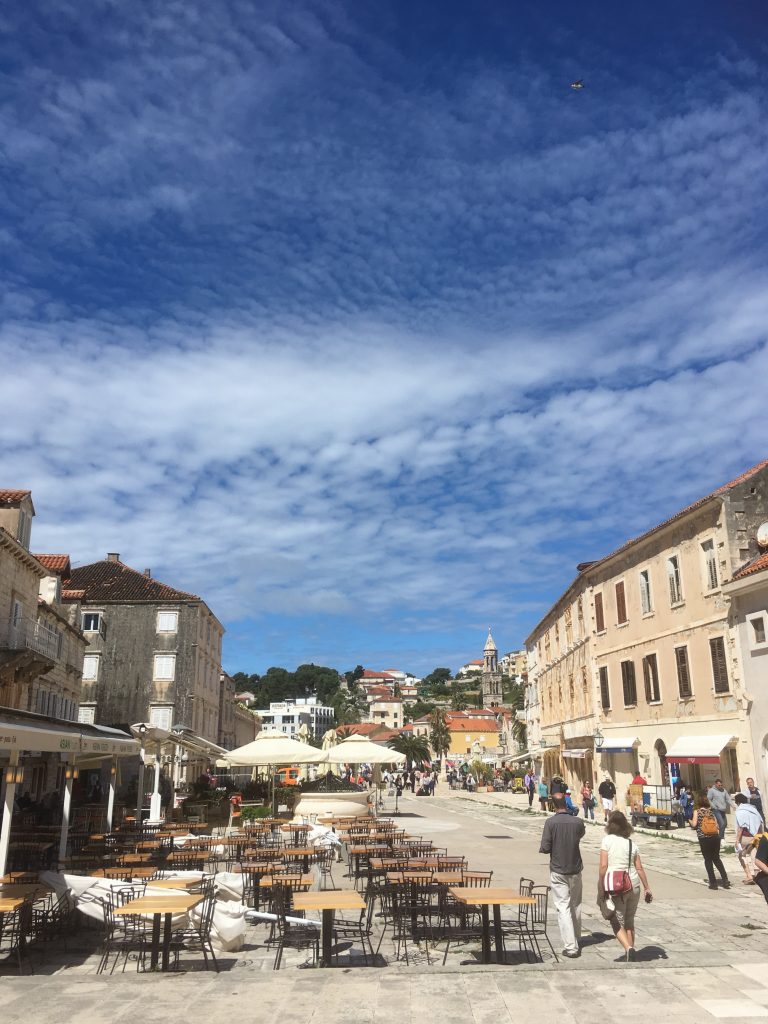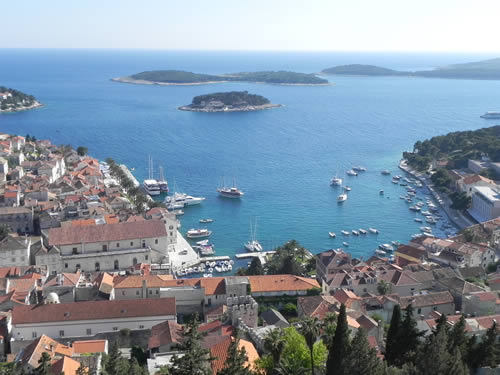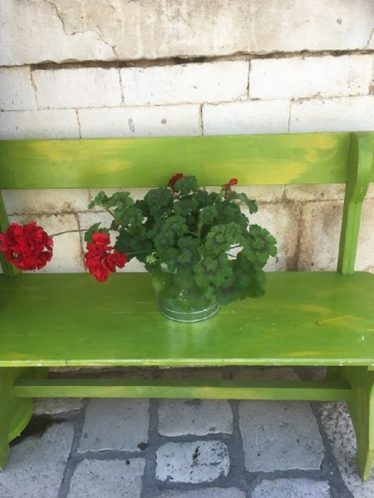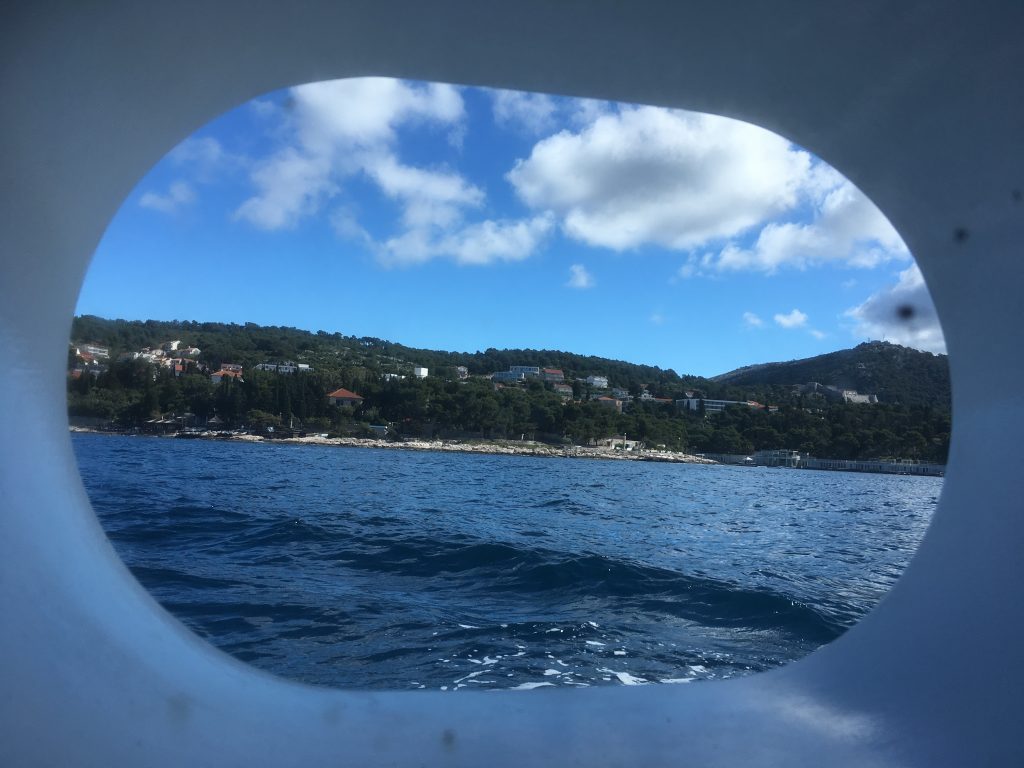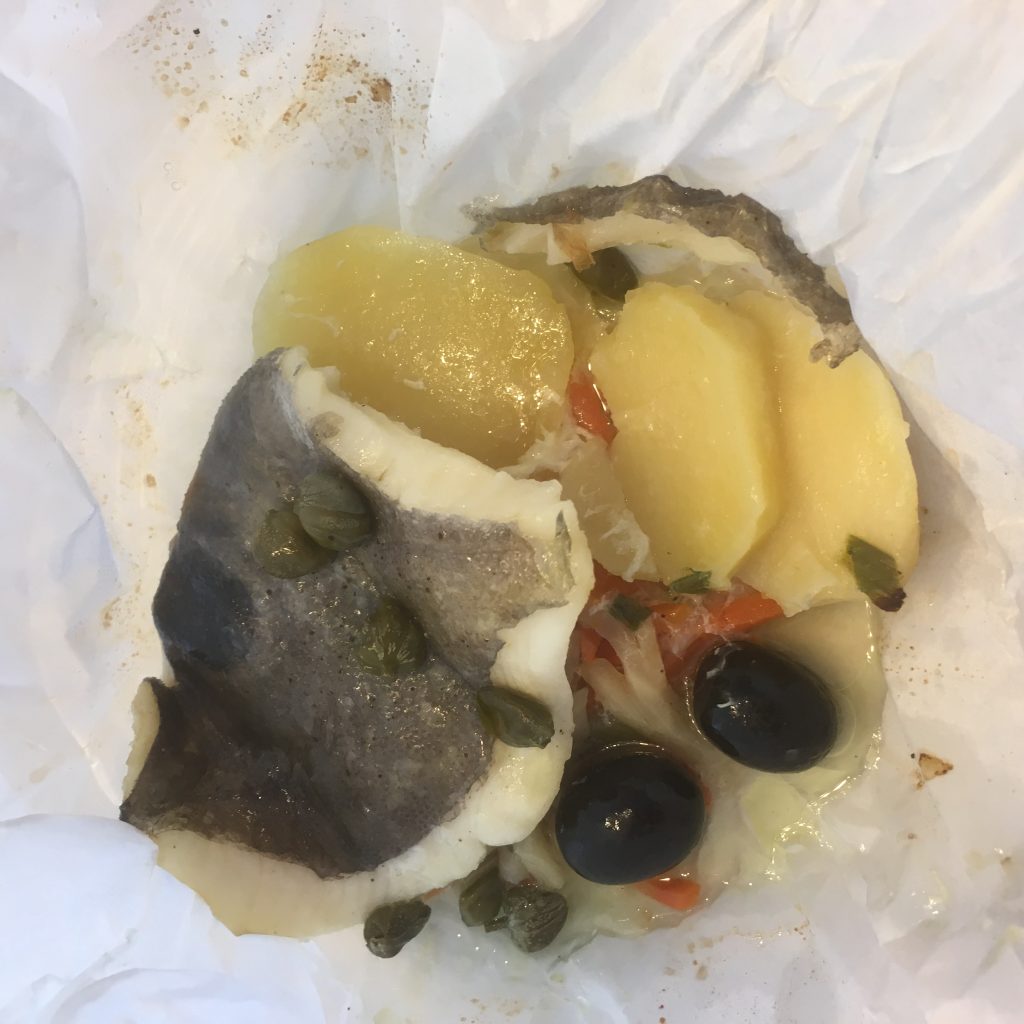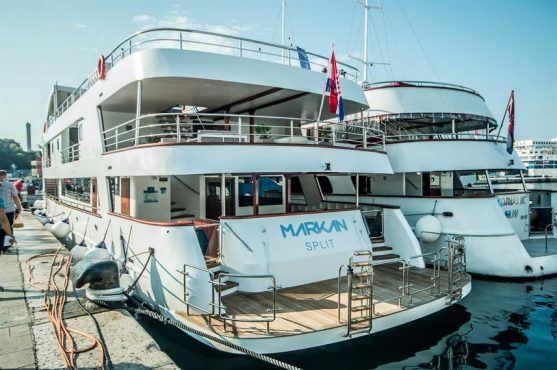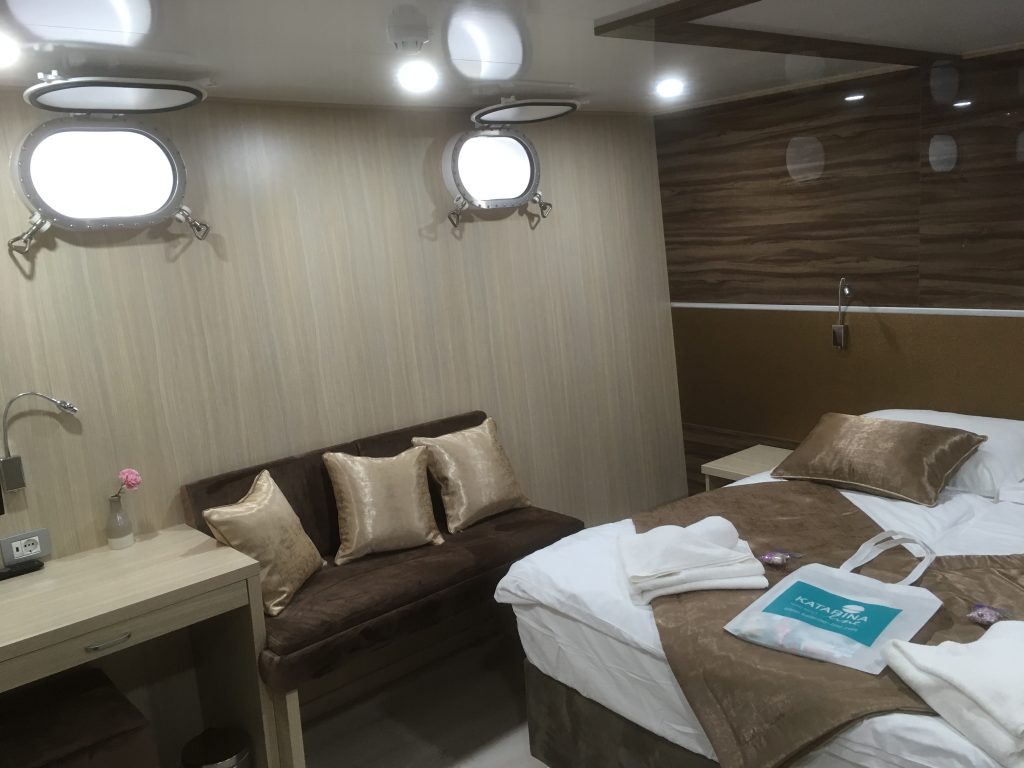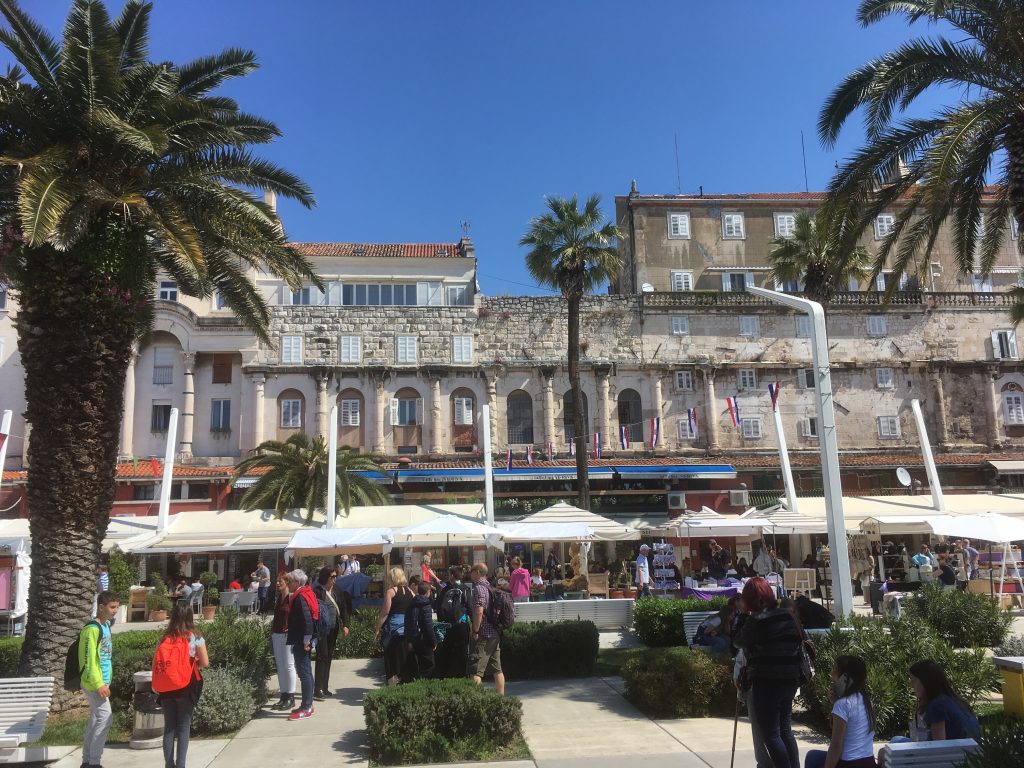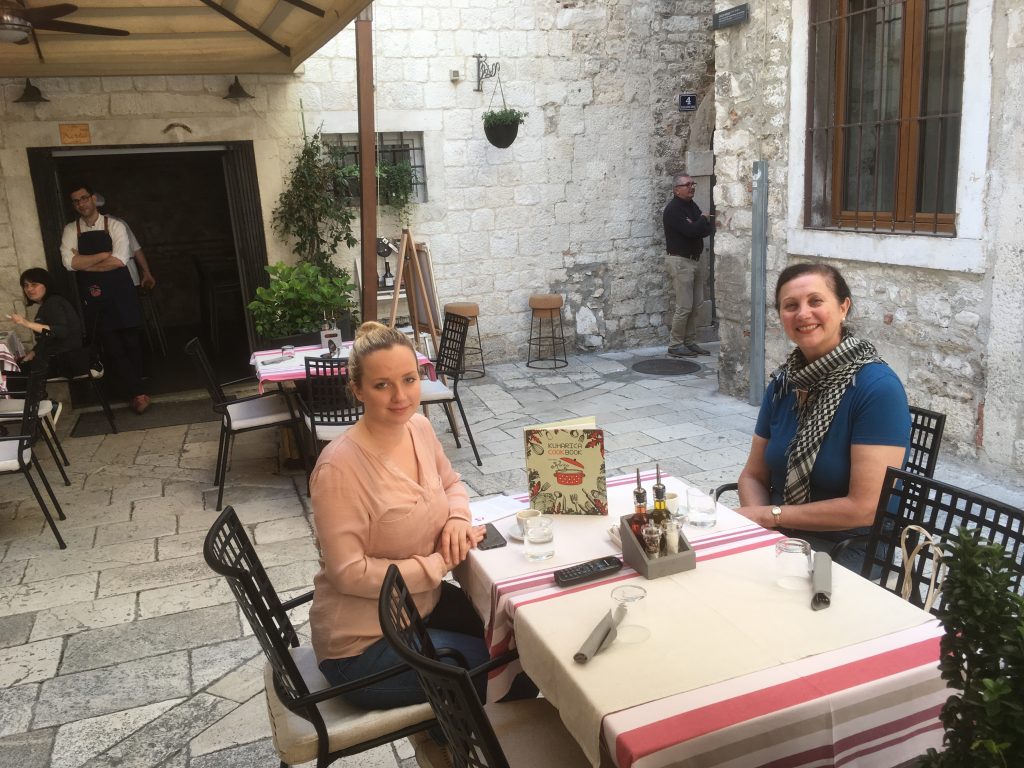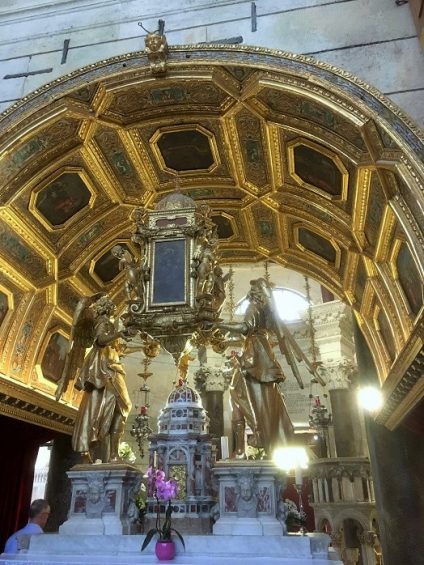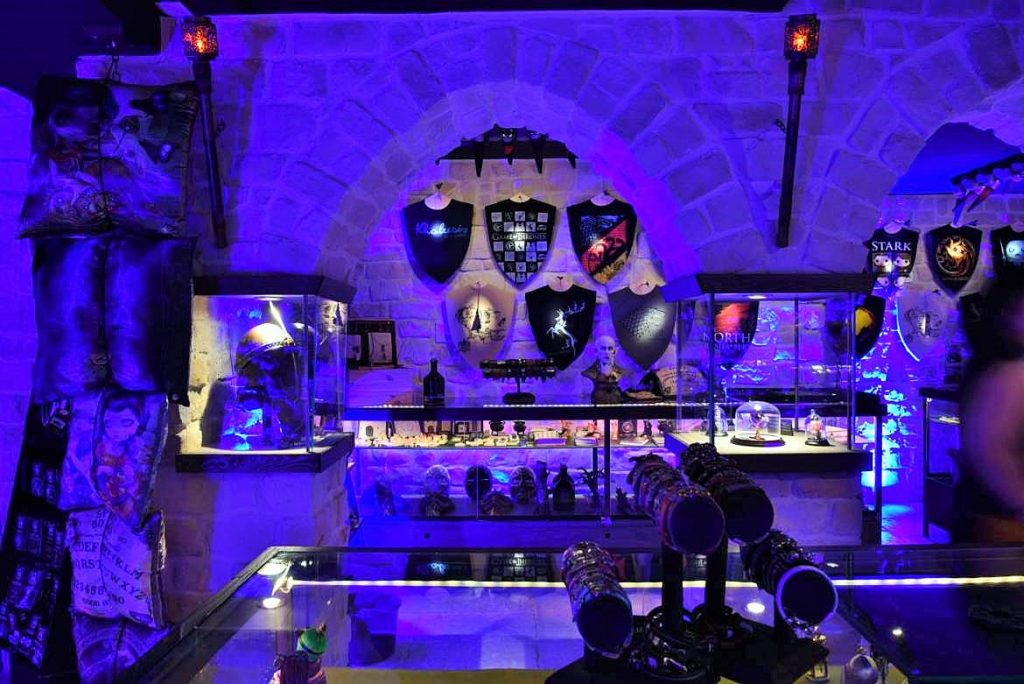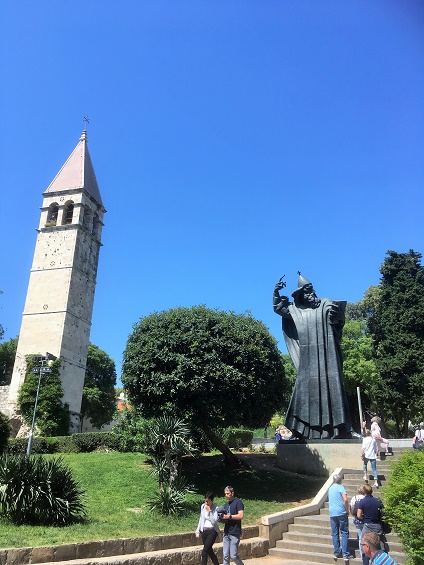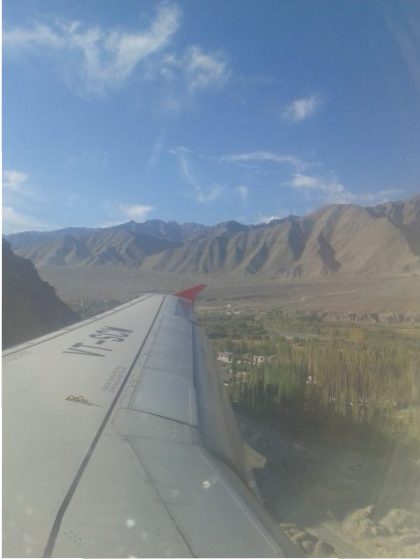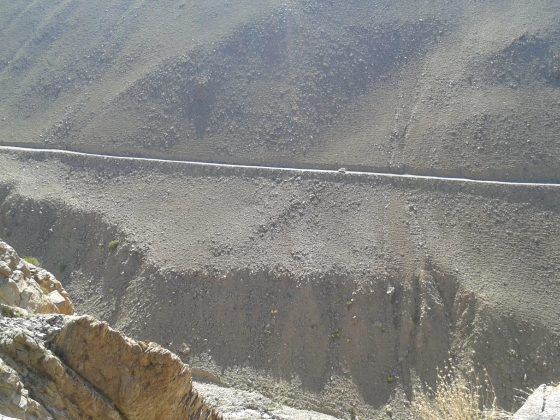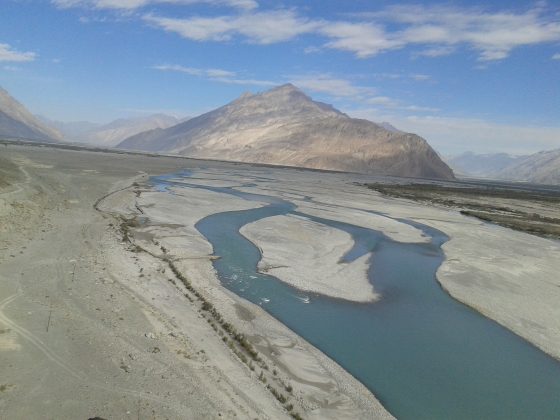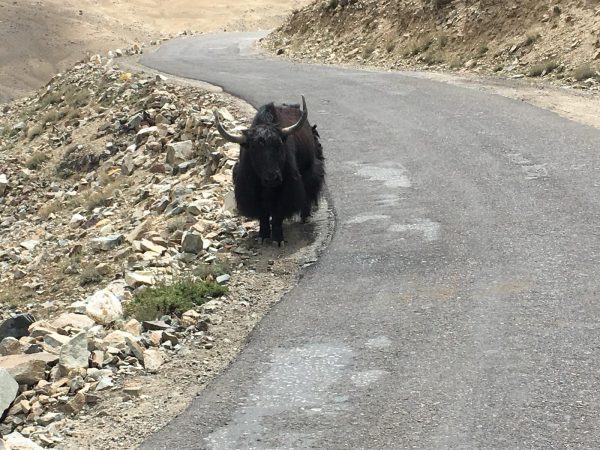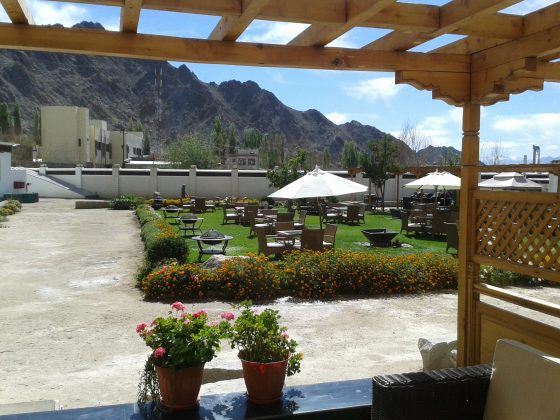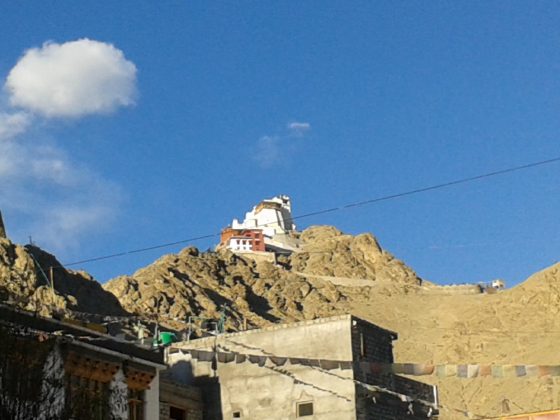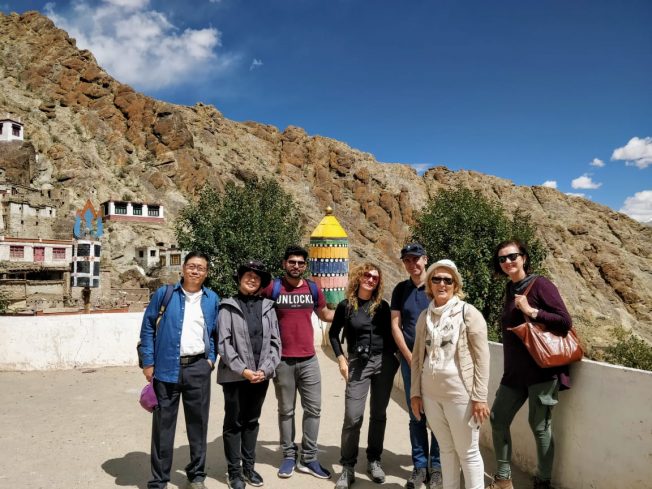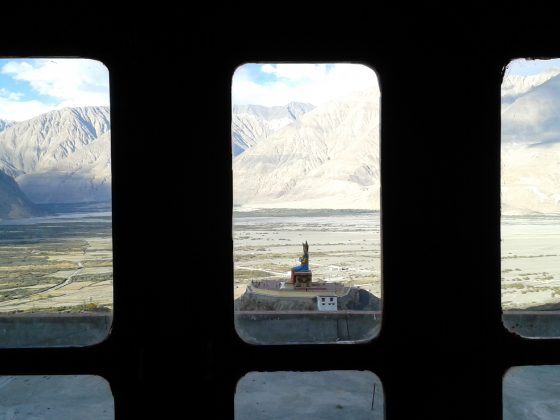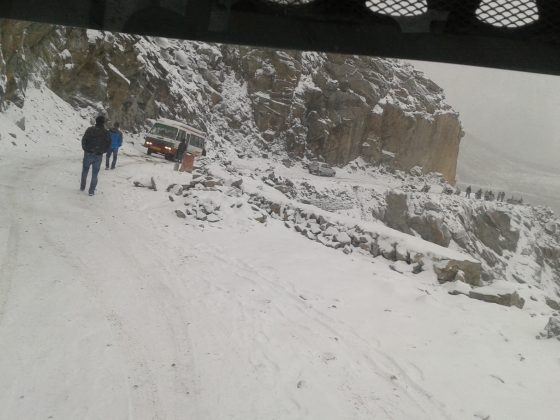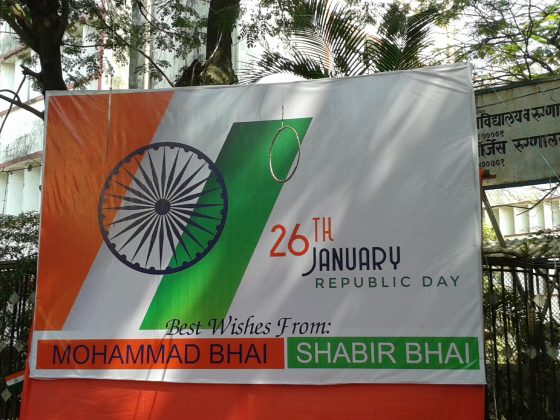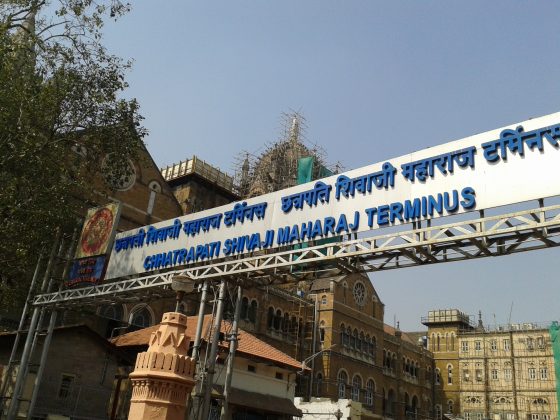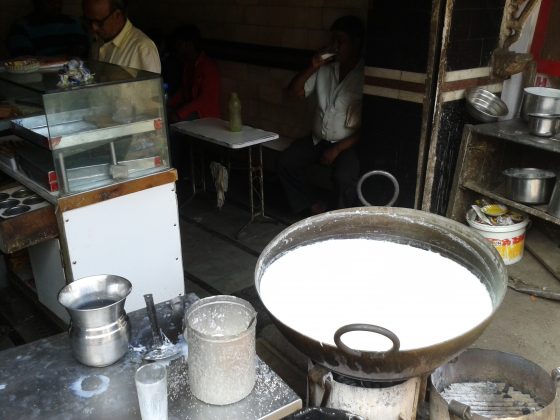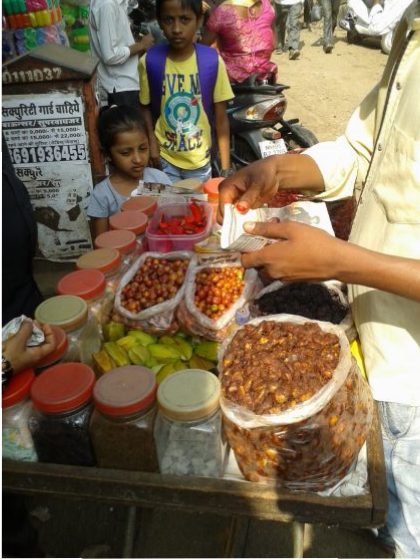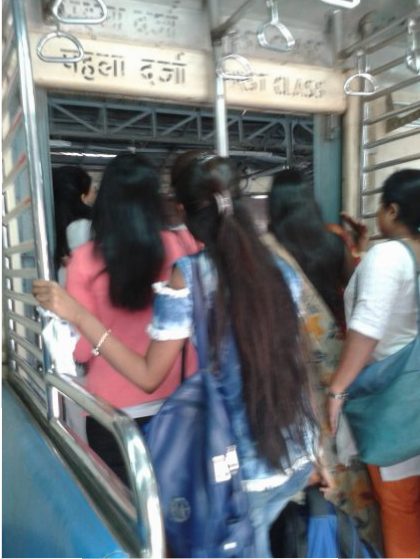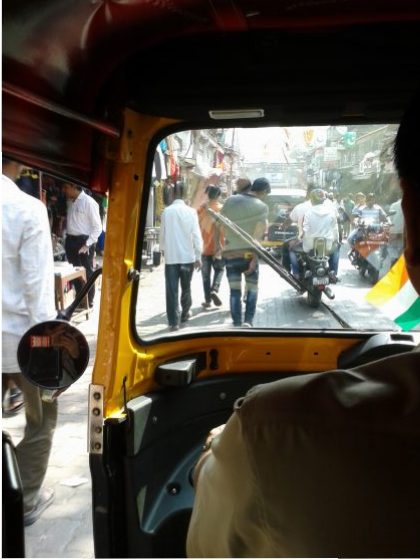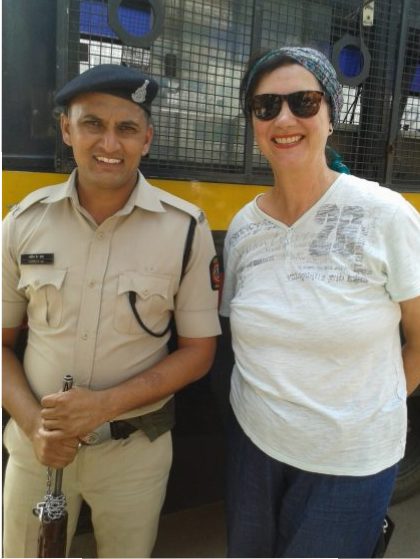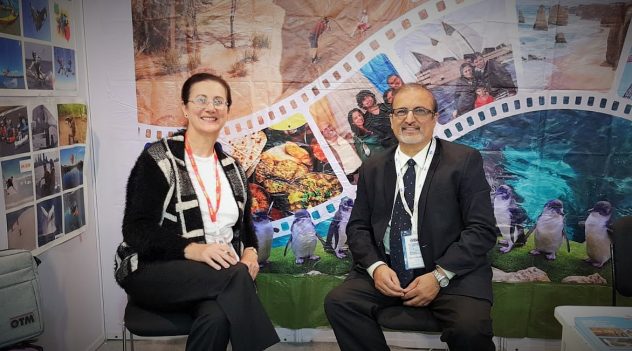 Next stop on the Split to Dubrovnik coastal voyage with Markan MV is the island of Korcula. Unlike its rock-star island brother of Hvar, it’s perhaps not as frequented by visitors alike. However, it’s quietness and low-key status is really appealing, far more intimate and again the locals are incredibly friendly.
Next stop on the Split to Dubrovnik coastal voyage with Markan MV is the island of Korcula. Unlike its rock-star island brother of Hvar, it’s perhaps not as frequented by visitors alike. However, it’s quietness and low-key status is really appealing, far more intimate and again the locals are incredibly friendly.
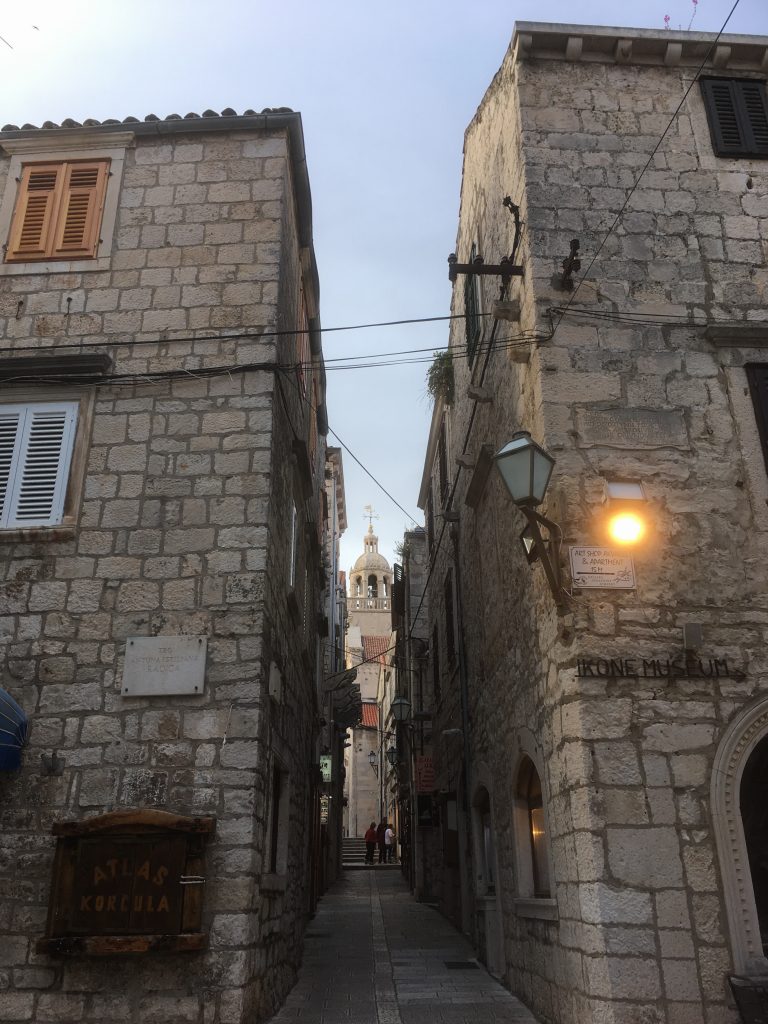 Once inside the medieval walls, narrow streets are indicative of the antiquity Korcula has embraced in the past for its strategic location within the Adriatic Sea. Over many centuries, transient wanderers became settlers and of course, war became part of its history as many wanted to secure the island of Korcula for its own purposes. The imposing towers and architecture upon first sight, is a reminder the island wouldn’t be a pushover in the event of an attack.
Once inside the medieval walls, narrow streets are indicative of the antiquity Korcula has embraced in the past for its strategic location within the Adriatic Sea. Over many centuries, transient wanderers became settlers and of course, war became part of its history as many wanted to secure the island of Korcula for its own purposes. The imposing towers and architecture upon first sight, is a reminder the island wouldn’t be a pushover in the event of an attack.
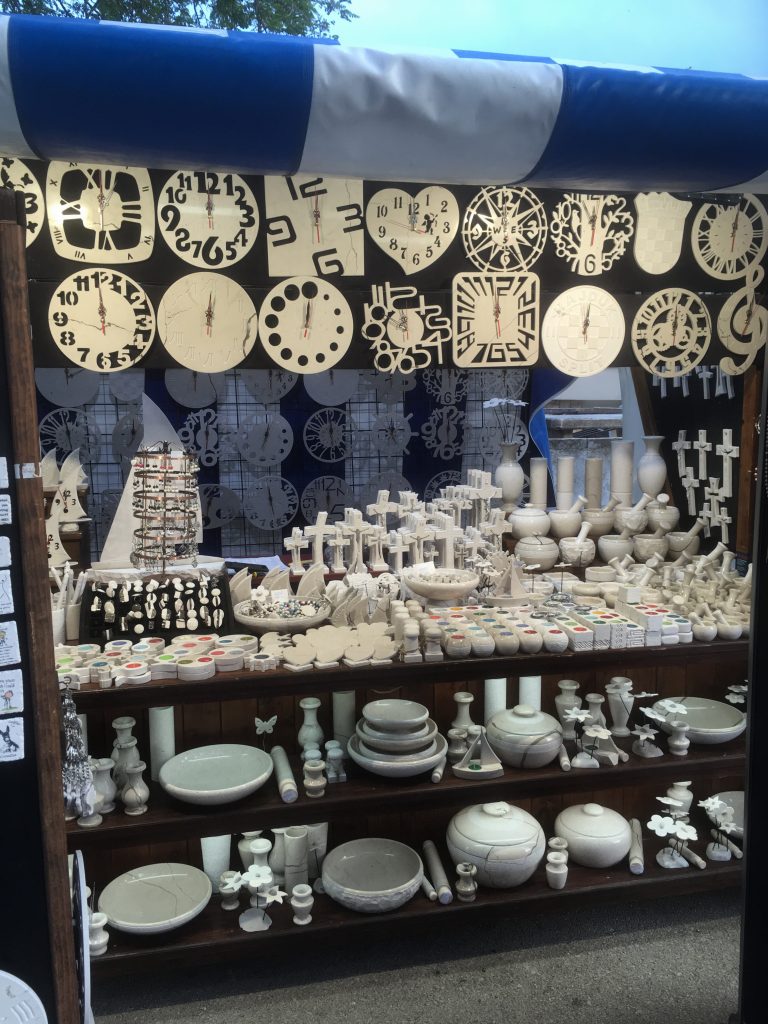 A plethora of locally-made handicrafts are exquisite and of the highest quality. Umm, a small souvenir shouldn’t be too much to carry back home … surely?
A plethora of locally-made handicrafts are exquisite and of the highest quality. Umm, a small souvenir shouldn’t be too much to carry back home … surely?
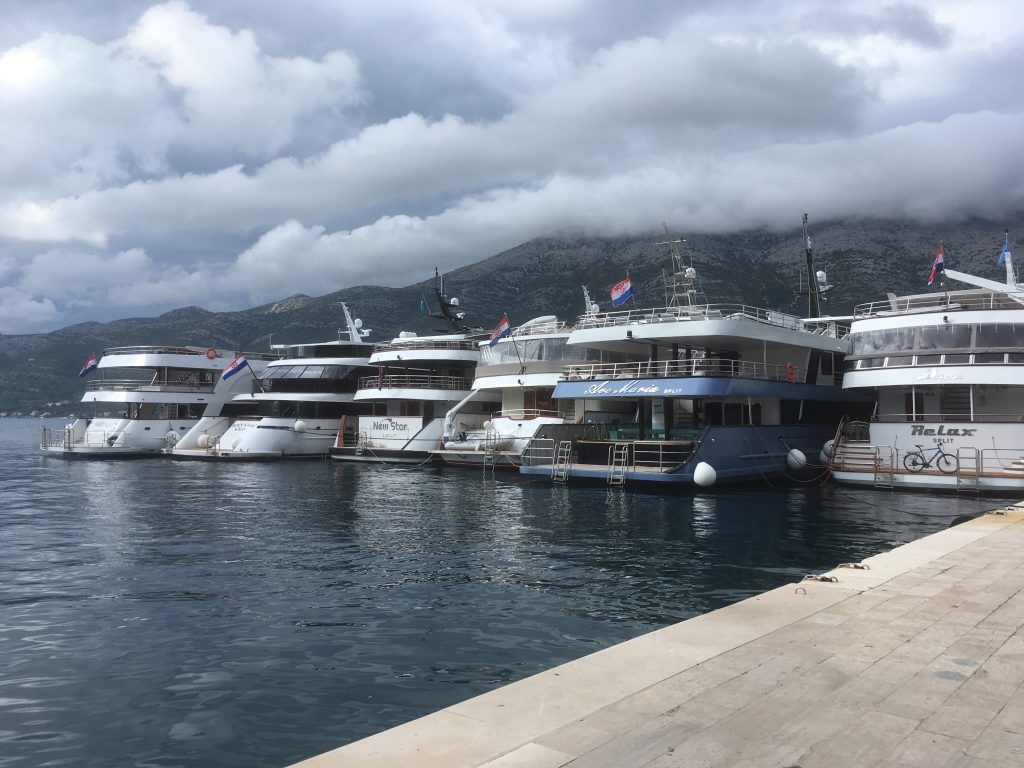 It’s easily seen here upon arrival how the pecking order needs all watercraft to adhere to strict protocol, particularly while docking in smaller harbours. Sidling up to one another for space saving in the harbour is common place along the Dalmatian Coast.
It’s easily seen here upon arrival how the pecking order needs all watercraft to adhere to strict protocol, particularly while docking in smaller harbours. Sidling up to one another for space saving in the harbour is common place along the Dalmatian Coast.
With the island of Korčula being the sixth-largest Adriatic island, stretching nearly 47 km in length, it’s easy to see why there needs to be a system due to the heavy demand in peak seasons. Passengers walk between the open spaces of each ship to go onshore and enjoy the activities, food and surroundings.
 Marco Polo’s birthplace is considered to be Venice but, according to some Croatian sources the exact date and place of birth are “archivally” unknown. The same sources also claimed the island of Curzola (today Korčula) as his possible birthplace. Well, wherever he was born he certainly clocked up some kilometres in travelling the world whilst dealing with all kinds of merchandise.
Marco Polo’s birthplace is considered to be Venice but, according to some Croatian sources the exact date and place of birth are “archivally” unknown. The same sources also claimed the island of Curzola (today Korčula) as his possible birthplace. Well, wherever he was born he certainly clocked up some kilometres in travelling the world whilst dealing with all kinds of merchandise.
An authoritative version of Marco Polo’s book The Travels of Marco Polo does not and cannot exist, for the early manuscripts differ significantly. The published editions of his book either rely on single manuscripts, blend multiple versions together.
Source: Wikipedia
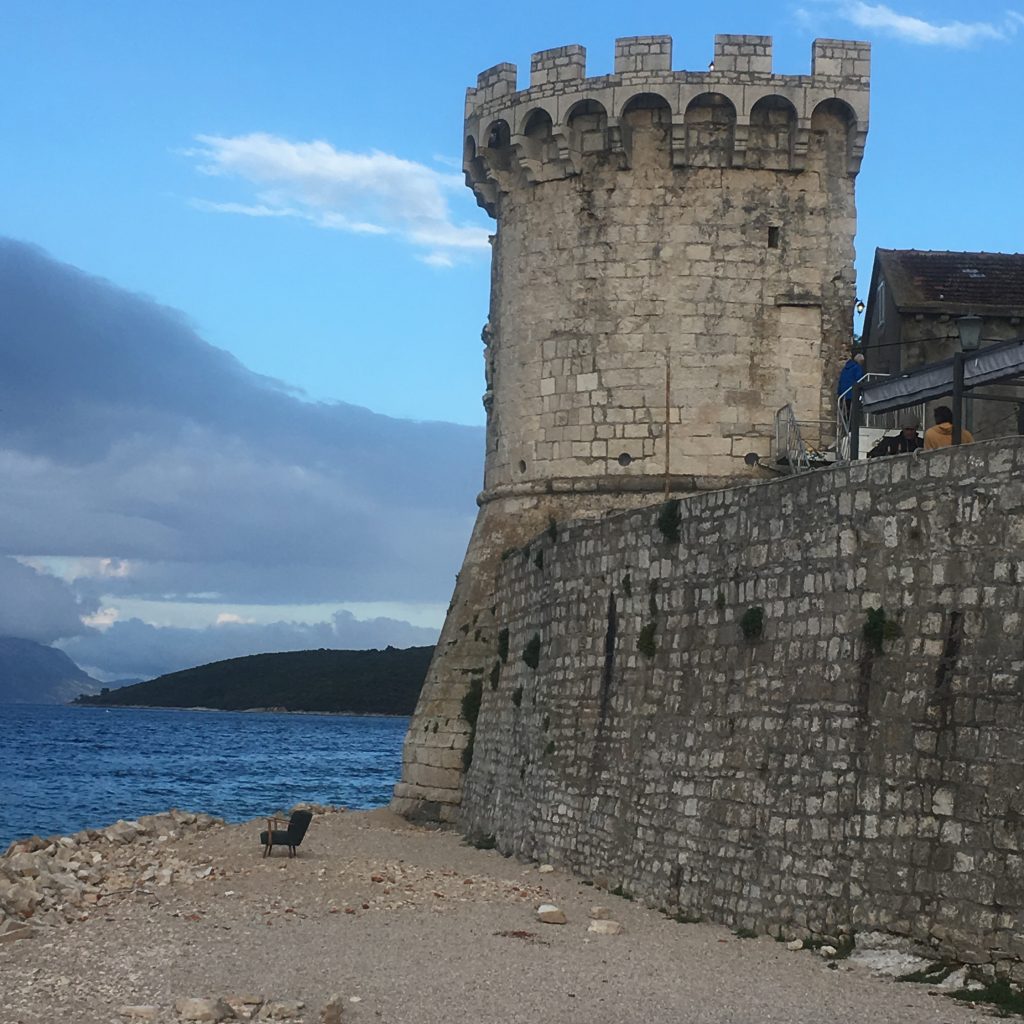 Quiet coves and small sandy beaches dot the steep southern coast while the northern shore is flatter and more pebbly on the island. Its serenity is coupled with a time to reflect and here a need to keep an eye on the future – not too much happening at anytime which is a good thing. And if anything, I’d say Korcula is in excellent hands as mass tourism is not really evident here … yet.
Quiet coves and small sandy beaches dot the steep southern coast while the northern shore is flatter and more pebbly on the island. Its serenity is coupled with a time to reflect and here a need to keep an eye on the future – not too much happening at anytime which is a good thing. And if anything, I’d say Korcula is in excellent hands as mass tourism is not really evident here … yet.
 People call the island ‘Little Dubrovnik’ because of its medieval squares, churches and palaces. There are numerous old stone buildings and fortresses (gradine) left behind by the Illyrians around 1,000 BC.
People call the island ‘Little Dubrovnik’ because of its medieval squares, churches and palaces. There are numerous old stone buildings and fortresses (gradine) left behind by the Illyrians around 1,000 BC.
Shown here is St Peter’s Church (Crkva Svetog Petra) – This small Gothic church, dating from the 14th century, is one of the oldest in the Old Town. The simple main facade is embellished with St Peter’s relief made by Bonino da Milano.
 Bike riding and hiking are activities any visitor to the island might contemplate due to its quieter nature and beauty within the forestation and the island’s pathways.
Bike riding and hiking are activities any visitor to the island might contemplate due to its quieter nature and beauty within the forestation and the island’s pathways.
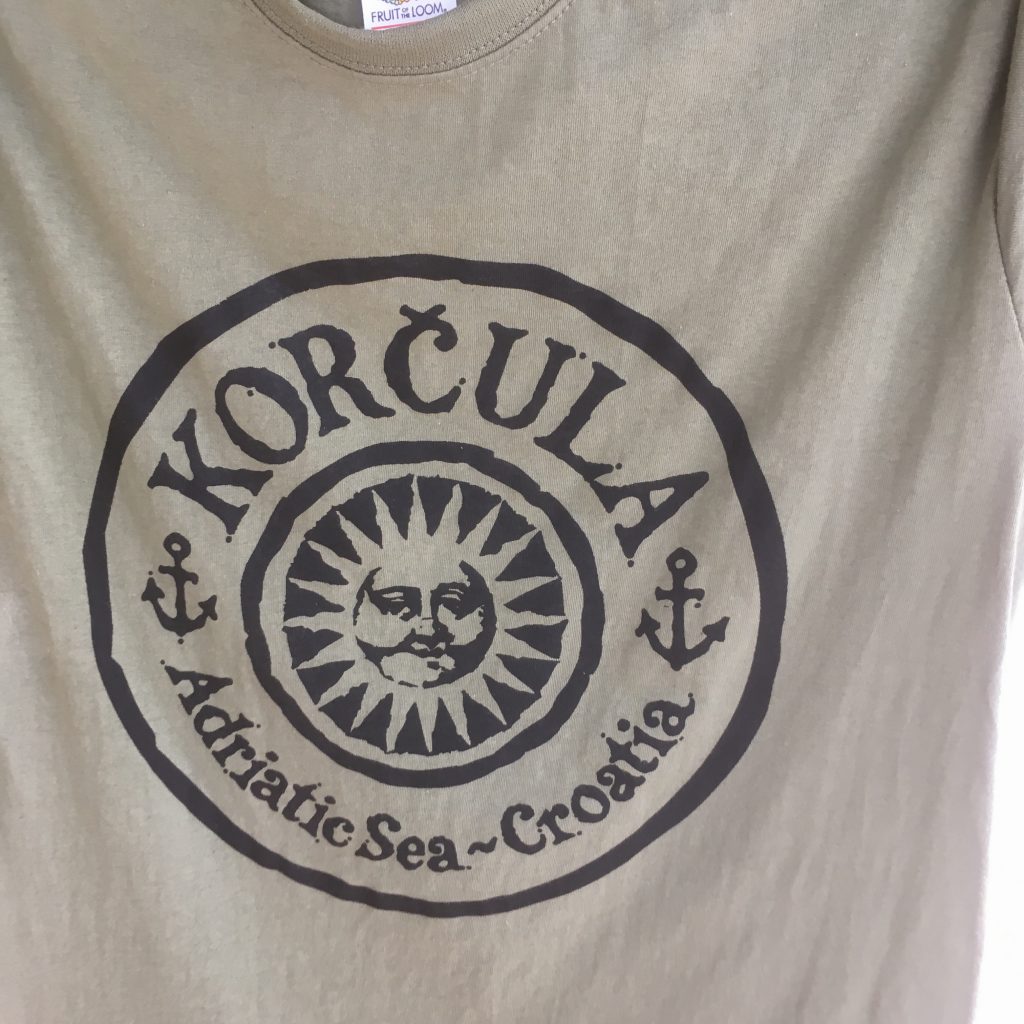 Interestingly, Korkyra is connected to the legend of the beautiful nymph Kerkyra, daughter of Asop, God of Rivers. Poseidon the God of the Sea fell in love with her, kidnapped her and held her in captivity on the island.
Interestingly, Korkyra is connected to the legend of the beautiful nymph Kerkyra, daughter of Asop, God of Rivers. Poseidon the God of the Sea fell in love with her, kidnapped her and held her in captivity on the island.
Anyway, if it’s good enough for the Gods and Poseidon, I’ll be back for another visit without doubt!
 Sunset at the end of the day is quite spectacular along the Dalmatian Coast and while cocktails are being set up on the Markan MV for our overnight sailing, we’re all savoring the idea of what could possibly top this off?
Sunset at the end of the day is quite spectacular along the Dalmatian Coast and while cocktails are being set up on the Markan MV for our overnight sailing, we’re all savoring the idea of what could possibly top this off?
Next stop Tristenik and Dubrovnik.
